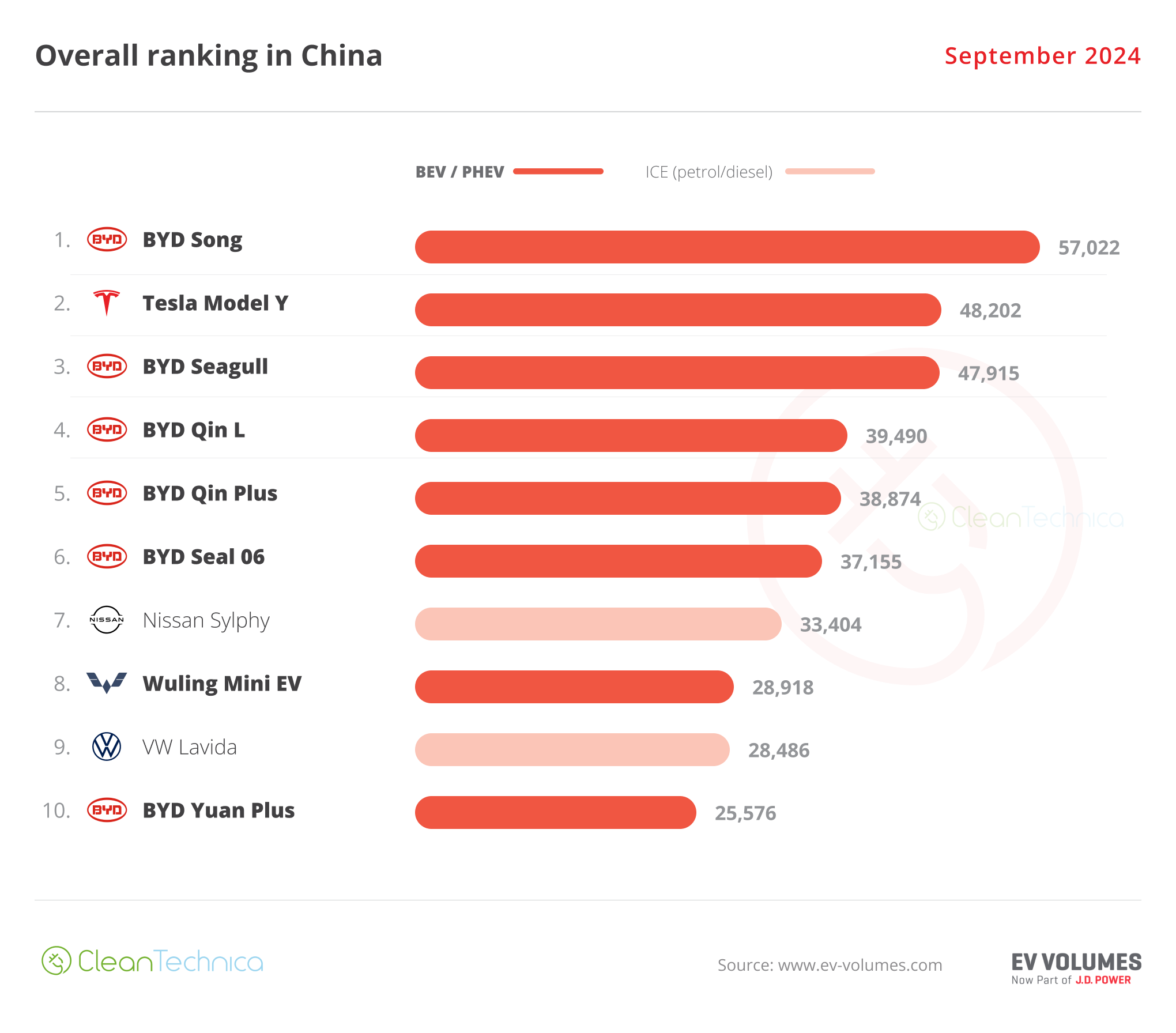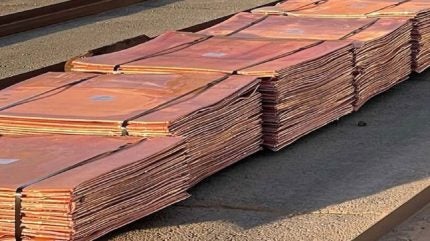India US trade is primed to shift. Both countries seem eager to enter a new period of trade harmony, as India’s Ministries of Mines and Steel, along with the Department for Promotion of Industry and Internal Trade (DPIIT), recently set up an in-house system to oversee the export of steel and aluminum products to the United States at reduced duties.
News articles indicate that the Department of Commerce recently completed the terms of reference concerning the Joint Monitoring Mechanism (JMM). The Department intends the mechanism to facilitate the export of specific steel and aluminum products to the United States without imposing additional duties. For its part, the US has reportedly expressed its concurrence with the suggested terms.

The Indian Departments of Mines, Steel, and the Department for the Promotion of Industry and Internal Trade (DPIIT) are all parties to this mechanism. The aim here is to ensure that if exporters from India face any export-related problem, the issue will be brought to the notice of the Commerce Ministry. That ministry would then take up the problem with its US counterparts during JMM meetings.
Stay posted on any shifts in U.S. global trading relations by subscribing to MetalMiner’s weekly newsletter.
Steps Forward for India US Trade Relations
Near the end of 2023, India and the US successfully resolved all disagreements related to India US trade at the World Trade Organization (WTO). After the WTO, the Commerce Ministry said it had decided to delete additional tariffs on aluminum and steel product exports from India to the US up to an annual volume of 3.3 lakh MT. In a reciprocal move, India cut down the retaliatory tariffs on eight imported commodities from the US. However, India will continue to apply additional tariffs on 21 American imports, a reduction from the previous count of 29.
The US has since consented to allowing 336,000 tons of steel and aluminum imports in from India without imposing the supplementary tariffs enacted under a 2018 national security statute during the Trump administration era. The aforementioned tariffs, which included a 25% duty on select steel items and a 10% duty on certain aluminum products, were similarly applied to several other nations, such as China, Russia, Norway, Turkey, and Switzerland.
Furthermore, the new JMM aims to minimize retaliatory tariffs on imports between the two nations. To facilitate this goal, the teams will meet biannually to assess the effectiveness of the tariff reduction strategy outlined in its terms of reference.
India Continues to Seek FTAs with Multiple Nations
It’s well known that the US is India’s largest trading partner. In 2022-23, the goods trade between the two amounted to about US $128.8 billion compared to US $119.5 billion in 2021-22.

India, meanwhile, is actively contemplating moving away from the earlier policy of looking at tariffs as a revenue source. This means lowering tariffs on many items for the first time under new free trade agreements (FTAs) with other countries. According to this news report, some of the items included on the list are cars and machinery, among others.
As part of the discussion on FTAs, there are ongoing deliberations between the Finance Ministry and the Commerce Ministry to evaluate the consequences of significant tariff reductions that might become apparent. Meanwhile, India is actively engaged in FTA negotiations with the United Kingdom, the European Union (EU), Australia, and Oman. Through these negotiations, India may significantly reduce duties on a range of goods and services. Some experts say this aligns with other South Asian and ASEAN nations who have decided to cut tariffs.
Do you know the 5 best practices of sourcing metal?




